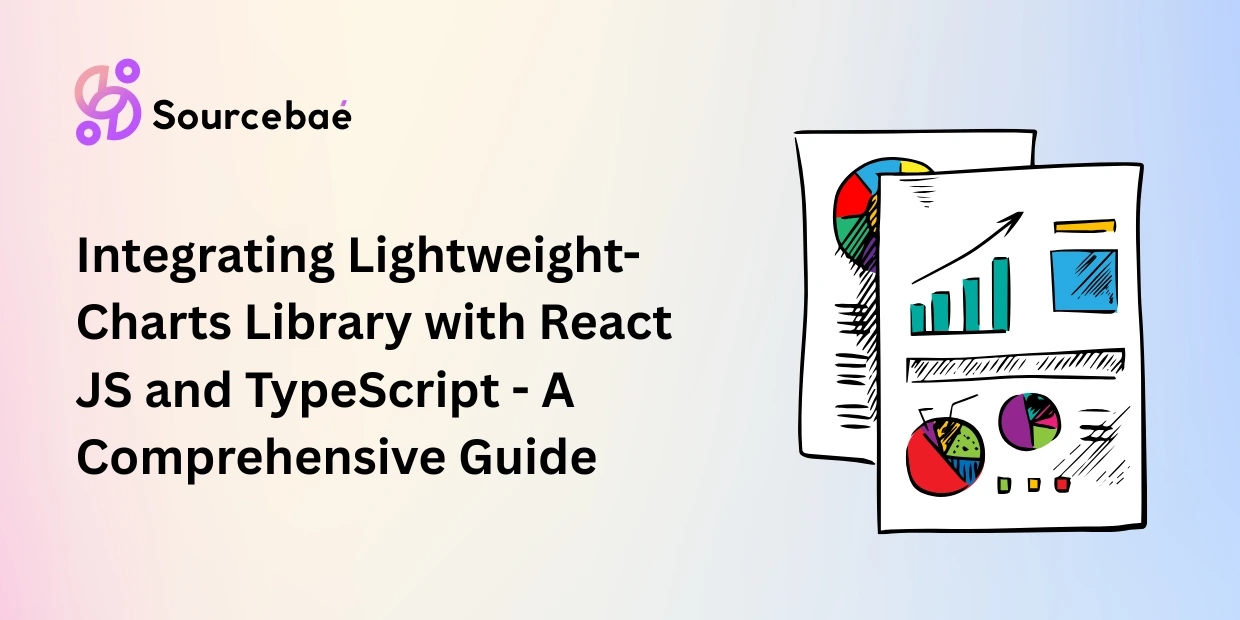React Developer Tools is a powerful browser extension that enhances the debugging and development of React applications. By allowing developers to inspect and manipulate the component hierarchy, state, and props, React Developer Tools provides invaluable insights into how React applications are functioning. In this guide, we will walk you through the process of install React Developer Tools in Google Chrome, enabling you to supercharge your web development workflow.
To install React Developer Tools in Chrome, follow these simple steps:
Open Chrome Web Store
- Launch your Google Chrome browser.
- Navigate to the Chrome Web Store by typing “chrome://extensions/” in the address bar and pressing Enter.
Search for React Developer Tools
- In the Chrome Web Store’s search bar, type “React Developer Tools” and press Enter.
- Locate the official “React Developer Tools” extension developed by Facebook.
Add to Chrome
- Click on the “Add to Chrome” button next to the “React Developer Tools” extension.
- A pop-up window will appear. Click “Add Extension” to confirm the installation.
Access the Extension
- Once the installation is complete, a React icon will appear in your Chrome browser’s extensions area.
- Click on the React icon to open the React Developer Tools panel.
Leveraging the Power of React Developer Tools
After successfully install React Developer Tools, you can harness its capabilities to streamline your web development process:
Inspect Components
- Navigate to any website built with React.
- Open the Chrome DevTools by right-clicking on the page and selecting “Inspect” or using the shortcut “Ctrl+Shift+I” (Windows/Linux) or “Cmd+Option+I” (Mac).
- In the DevTools panel, switch to the “React” tab to access the component hierarchy.
Analyze Props and State
- Select a component from the hierarchy to view its props and state.
- Visualize the flow of data within your application, enabling efficient debugging.
Edit and Test Components
- Double-click on props or state values to modify them and observe real-time changes.
- Test different scenarios without altering your codebase.
Monitor Performance
- Utilize the “Profiler” tab within React Developer Tools to analyze the performance of your components.
- Identify bottlenecks and optimize your application for better user experiences.
Frequently Asked Questions (FAQs)
Q: Can I use React Developer Tools with other browsers?
A: Yes, React Developer Tools is also available as an extension for Firefox and Edge browsers. Simply follow a similar installation process on the respective browsers’ extension stores.
Q: Is React Developer Tools compatible with React Native?
A: While React Developer Tools is primarily designed for web applications, you can use the standalone React Native Debugger for debugging React Native apps.
Q: Does React Developer Tools affect my application’s performance?
A: React Developer Tools has a minimal impact on your application’s performance. It is designed to provide insights without significantly affecting the app’s behavior.
Q: Can I use React Developer Tools in production environments?
A: While React Developer Tools is extremely useful during development, it’s recommended to disable or remove the extension in production to avoid potential security risks.
Q: Is there a way to contribute to React Developer Tools?
A: Yes, React Developer Tools is an open-source project. You can find the repository on GitHub and contribute by reporting issues, suggesting improvements, or even submitting code.
Q: Does React Developer Tools work with older versions of React?
A: React Developer Tools is most effective when used with the latest versions of React. Compatibility with older versions may vary.
Conclusion
Install React Developer Tools in Chrome is a game-changer for React developers. By gaining deep insights into component structures, props, and state, you can accelerate debugging and optimize the performance of your applications. Remember to utilize this tool wisely during development and consider removing it from production environments. Happy debugging!
READ MORE: Hire React Developer






